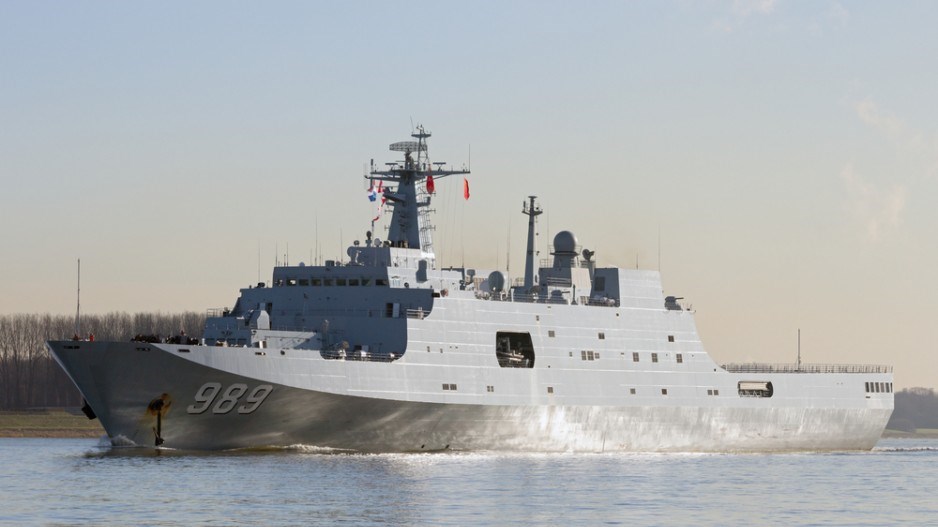The Far East and Southeast Asia have been engaged in an arms race since the Persian Gulf War in 1990-91, when China’s horrified leaders watched in real time on television how far their military capacity had fallen behind that of the United States.
Beijing’s massive program of defence spending in not only top-of-the-line hardware, but also orders of battle and cutting-edge cyberwarfare, have changed the balance of power in Asia and its waters.
The Chinese military modernization has focused on being able to deter Washington’s much-vaunted aircraft carrier battle groups from rushing to the aid of threatened allies in the region. This has been done with the development of missiles designed specifically to destroy U.S. aircraft carriers.
At the same time, Beijing has built major capacity for its own power projection. Its construction from scratch of a full-court blue-water navy is a considerable achievement.
The fabrication of seven armed island outposts in the South China Sea and arrangement for a “string of pearls” replenishment ports around the Pacific and Indian oceans complement this potency.
Both the Barack Obama and the current Washington administrations have made half-hearted challenges to Beijing’s effective takeover of the South China Sea. On January 17 the U.S. navy made the most recent of a handful of “freedom of navigation” runs when the USS Hopper, an Arleigh Burke-class guided missile destroyer, cruised past a Chinese outpost in Scarborough Shoal.
Beijing reacted angrily. It called the incident a violation of Chinese sovereignty and a threat to the safety of Chinese vessels and personnel. It was reason, said Beijing, to increase the armaments on the seven outposts.
Meanwhile, Taiwan aims to increase defence spending by 20% or more. Australia and Japan are enhancing security ties.
Japan, with its historic uneasy relationship with China, is abandoning its pacifist constitution as fast as possible. On January 19, Tokyo announced it had completed development of new supersonic anti-ship missiles. There’s only one target navy.




